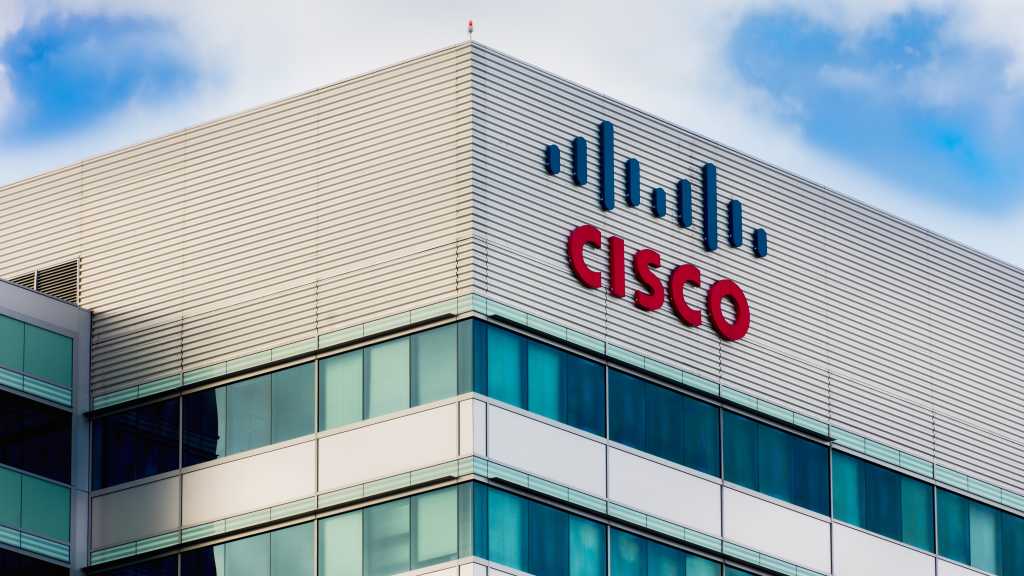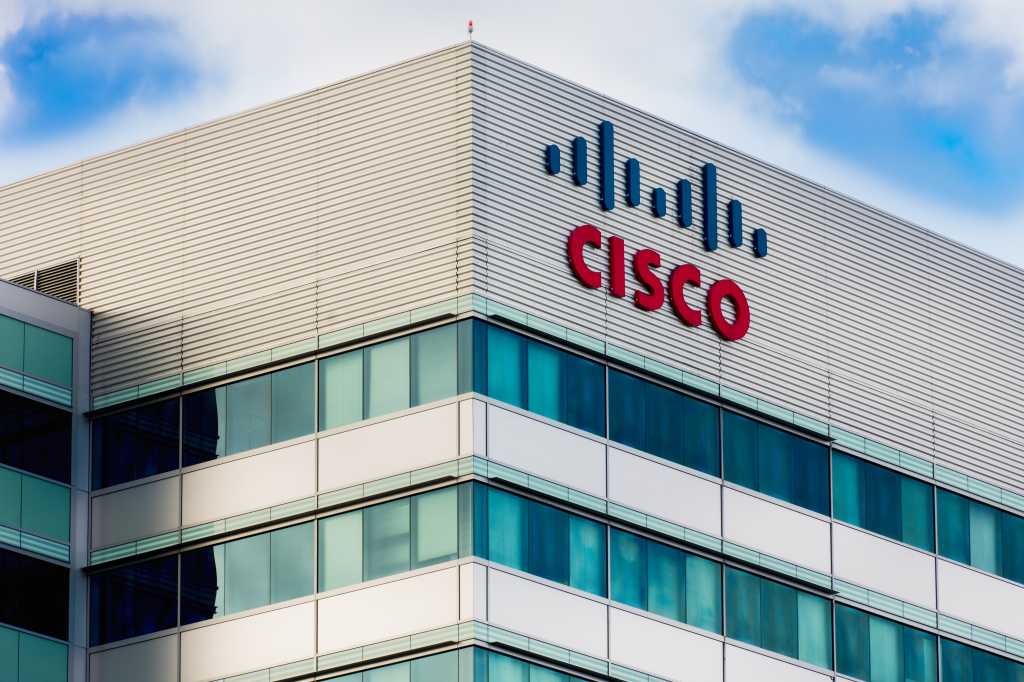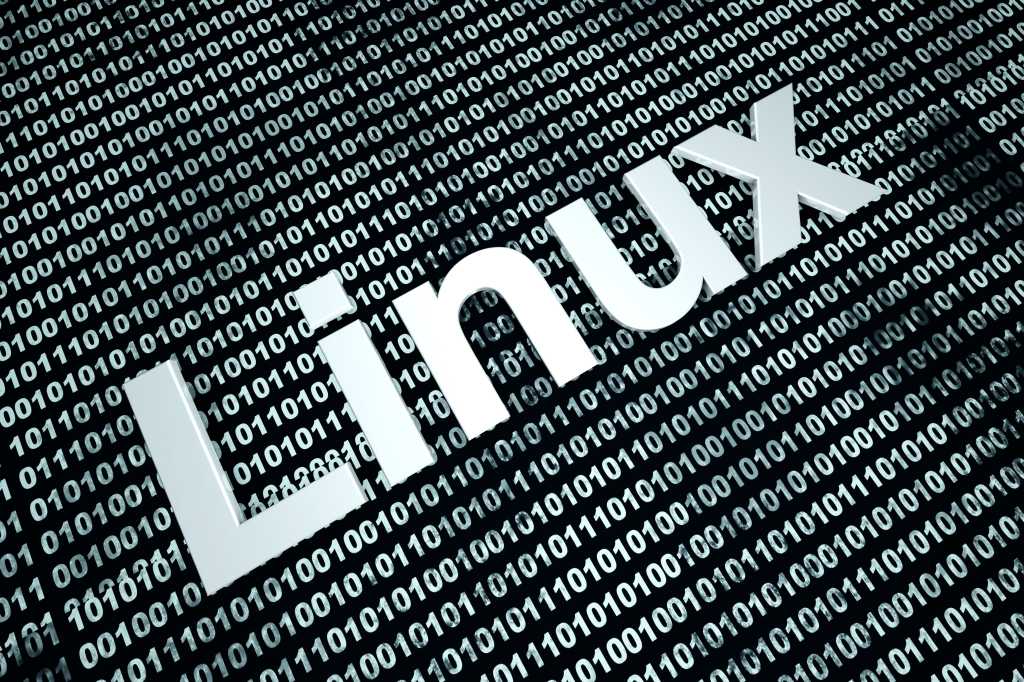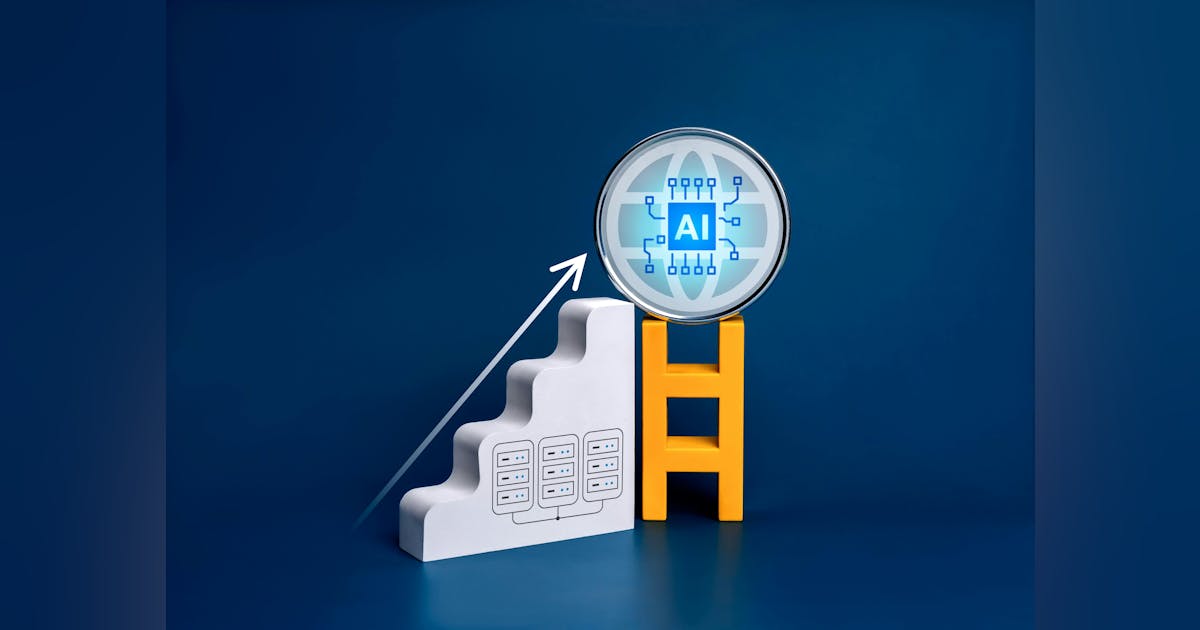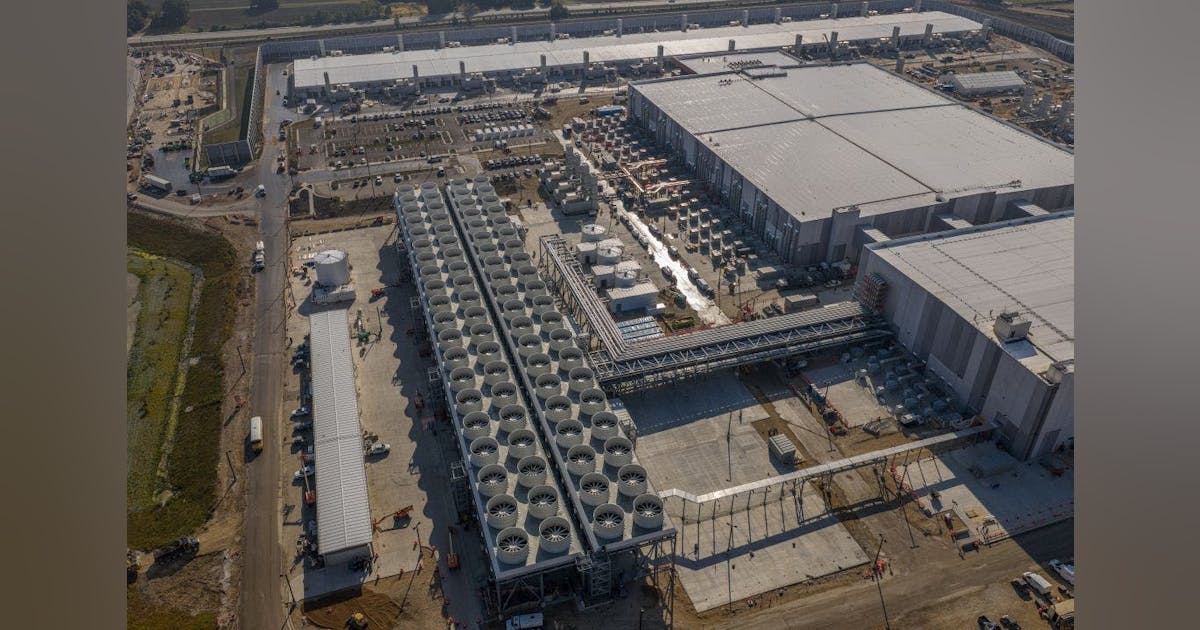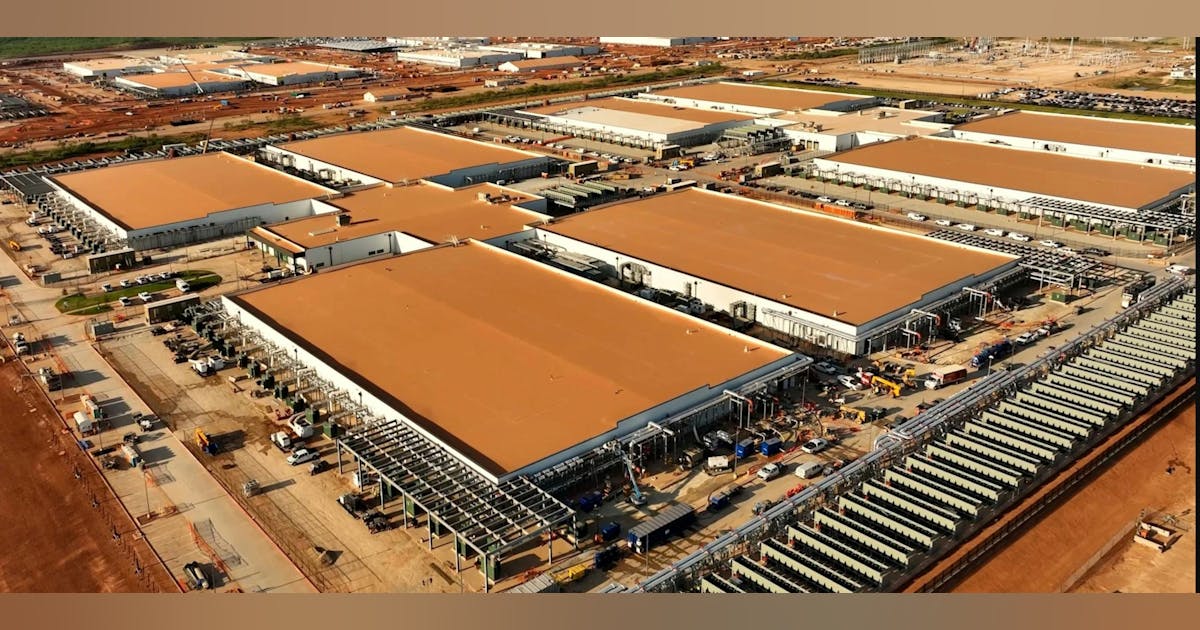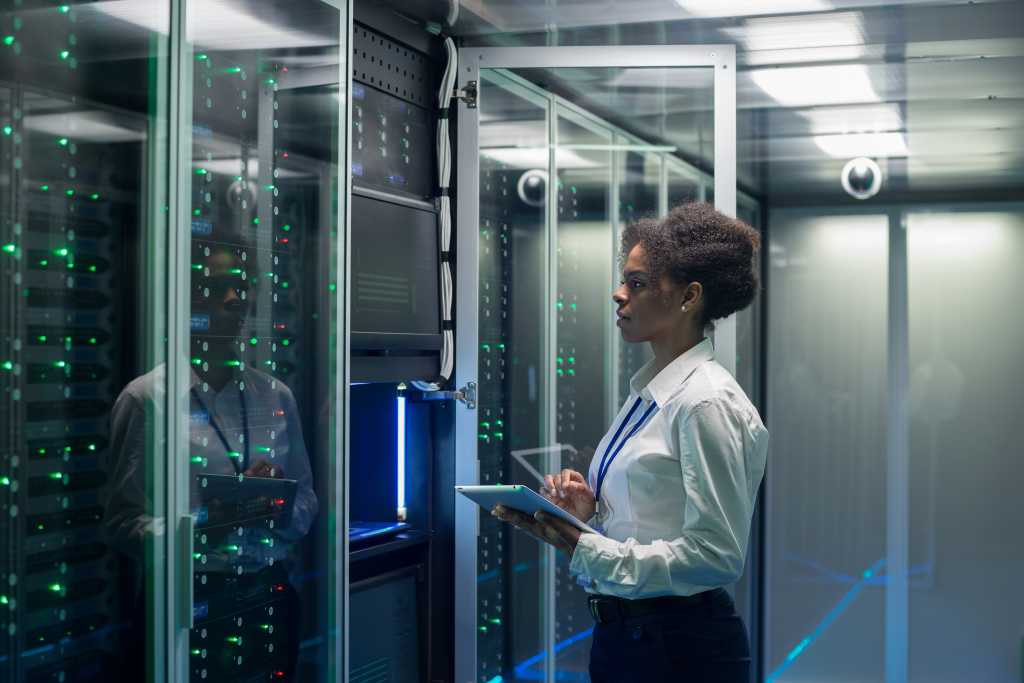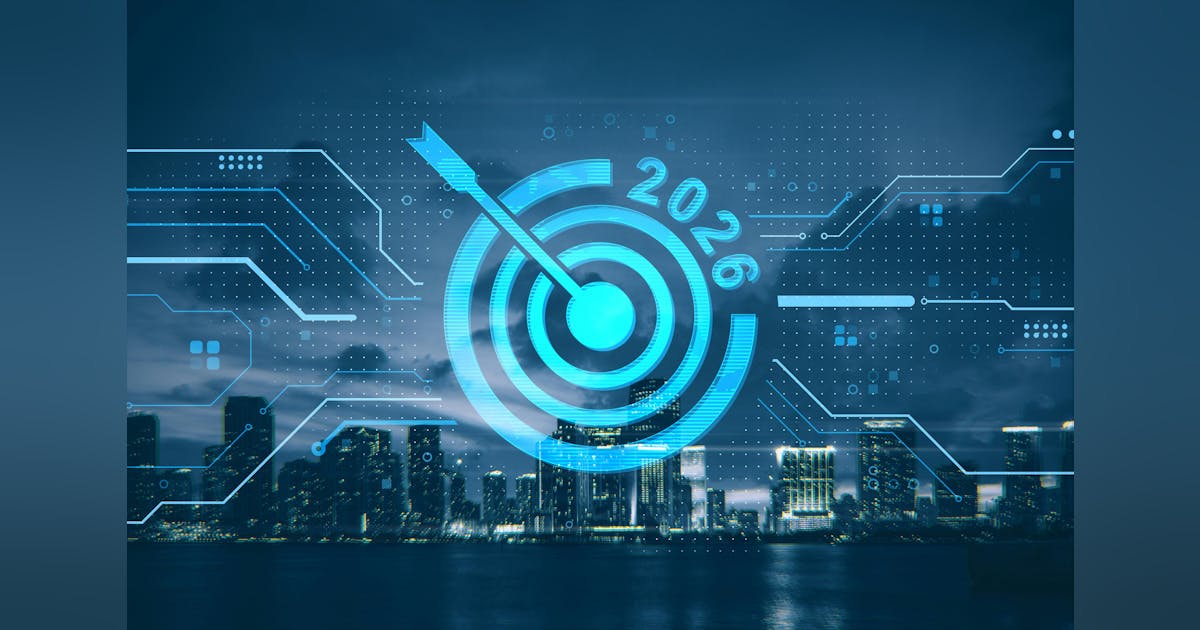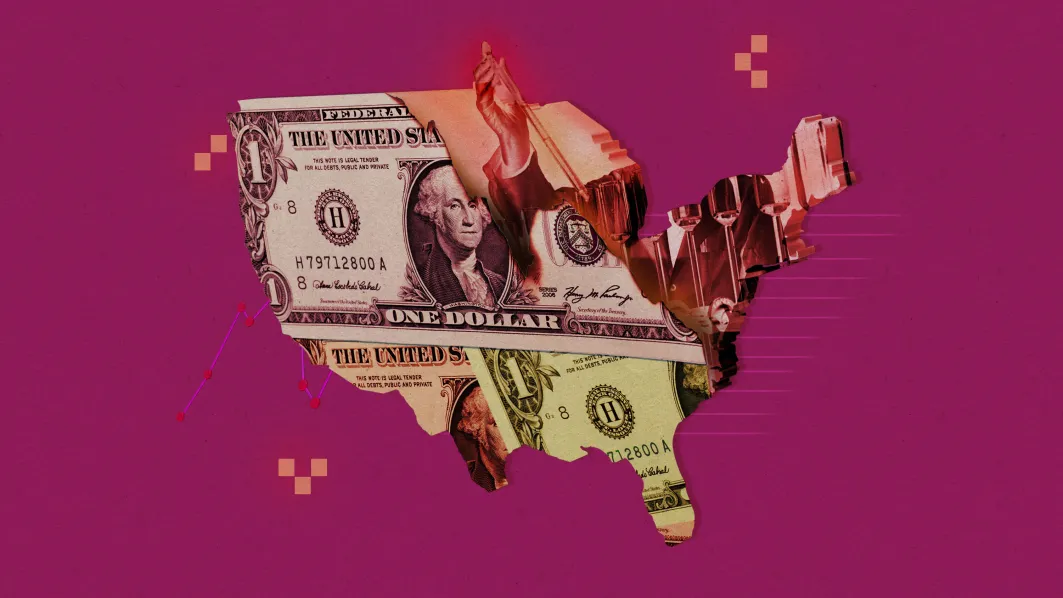Join our daily and weekly newsletters for the latest updates and exclusive content on industry-leading AI coverage. Learn More
In the evolving landscape of AI, enterprises face the challenge of integrating modernsolutions with legacy systems that often lack the necessary application programming interfaces (APIs) for seamless integration. Approximately 66% of organizations continue to rely on legacy applications for core operations, leading to increased maintenance costs and security vulnerabilities.
Tools like PigAPI have taken a different approach to this problem by enabling AI agents to interact directly with graphical user interfaces (GUIs) within virtual Windows desktops hosted in the cloud. This connects modern AI capabilities with legacy software, allowing for automation of tasks such as data entry and workflow management without the need for local infrastructure. Additionally, users can intervene at any point, taking control of the virtual machine (VM) to guide or adjust tasks as needed. For businesses grappling with legacy challenges, this hybrid approach offers a practical solution to modernize operations without overhauling existing systems.
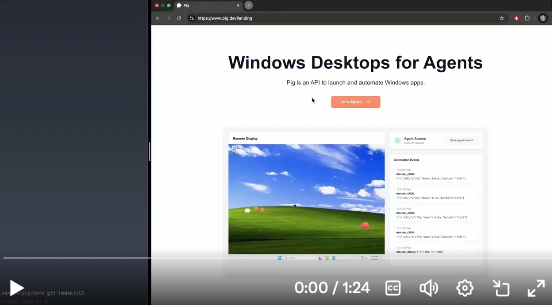
Breaking through legacy system barriers
Traditional robotic process automation (RPA) tools, such as UiPath and Automation Anywhere, are designed to automate repetitive tasks by mimicking human interactions with software applications. However, these tools often encounter significant challenges when dealing with legacy systems, particularly those that are GUI-based and lack modern integration points.
The absence of user-friendly APIs in these older systems makes integration cumbersome and prone to errors. Additionally, RPA solutions are typically rule-based and struggle to adapt to dynamic changes in user interfaces or workflows, leading to brittle automation processes that require constant maintenance and updates.
By contrast, AI agents, such as those enabled by Pig API, offer a more flexible and intelligent approach to automation. Unlike traditional RPA tools, AI agents are not solely rule-based; they can learn and adapt to changes in the user interface, making them more resilient to updates or modifications in legacy systems. This adaptability reduces the need for constant maintenance and allows for more complex task automation. Furthermore, by operating within virtual environments, AI agents can scale more efficiently, handling multiple tasks across different systems simultaneously without the constraints of physical hardware.
For example, in the finance sector, AI agents can facilitate the migration of data from outdated accounting systems to modern customer relationship management (CRM) platforms by mimicking manual data entry processes. In healthcare, they can interact with legacy electronic health record (EHR) systems to extract and input patient information, streamlining administrative tasks and reducing the potential for human error.
Technical details: How Pig API powers GUI automation with AI agents
Pig API enables AI agents to interact directly with GUIs within cloud-hosted virtual Windows desktops. Through its Python software development kit (SDK), Pig makes it possible for developers to integrate virtual environments into workflows, automating processes that traditionally required manual effort.
Connecting AI agents to cloud-hosted virtual desktops
At the heart of Pig API is its ability to create and manage VMs for AI agents. These cloud-hosted environments eliminate the need for local infrastructure, allowing enterprises to scale workflows seamlessly. For instance, developers can easily initialize a VM, connect to it, and define tasks for their AI agents using a straightforward process. Here’s an example:
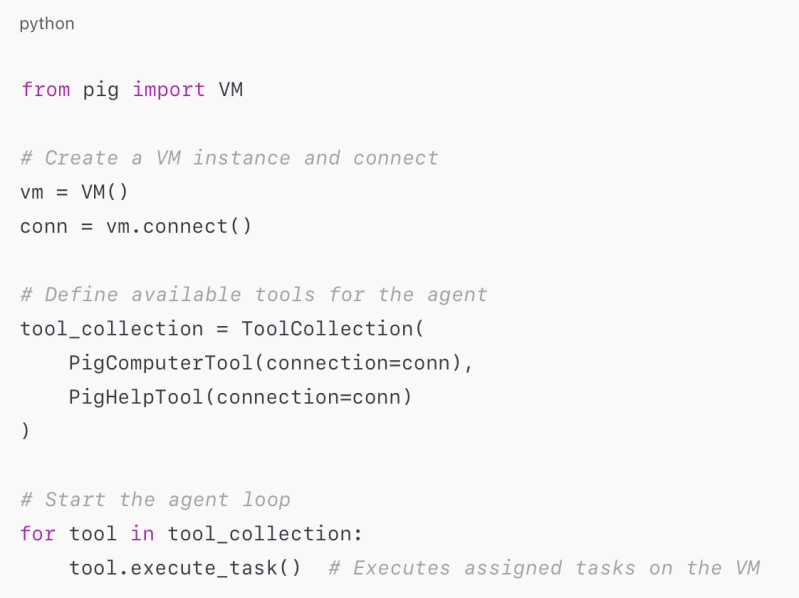
This setup provides AI agents with a dedicated environment to perform tasks such as interacting with desktop applications, simulating user inputs and automating workflows. By abstracting the complexities of GUI interaction, Pig ensures that developers of varying expertise can leverage its capabilities effectively.
Simulating human-like interactions
Pig API enables AI agents to perform a variety of actions that closely mimic human behavior. This includes moving a mouse, clicking, dragging, typing into forms or spreadsheets and capturing screenshots of the current desktop view. These tools allow agents to make informed decisions during their operations and execute complex workflows.
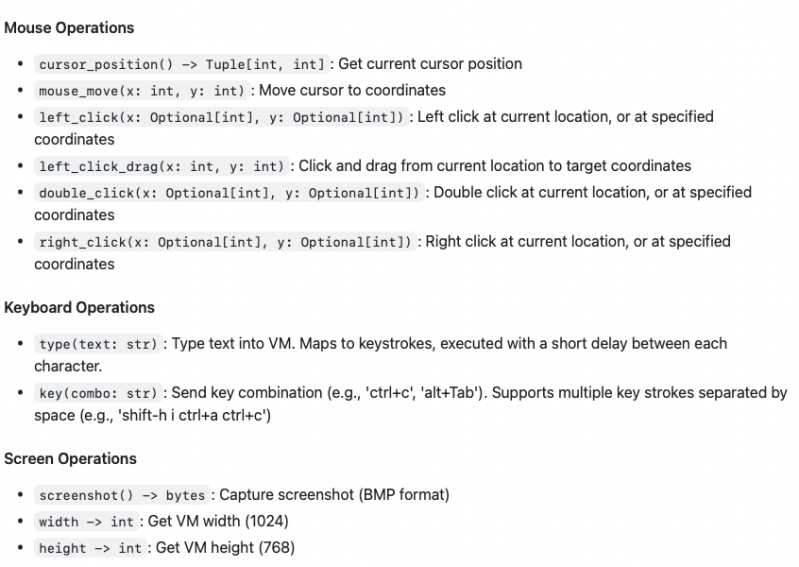
LLM integration for multi-step workflows
One of Pig API’s standout features is its integration with large language models (LLMs) such as Anthropic’s Claude or OpenAI’s GPT. This capability enables AI agents to incorporate decision-making into their automation workflows, handling tasks that go beyond predefined rules. For instance, consider the following example of a data extraction and processing workflow:

In this workflow, the AI agent opens a browser, navigates to a specified URL, extracts relevant customer reviews and organizes data into an Excel spreadsheet. By integrating with LLMs, Pig enables agents to execute multi-step tasks that combine GUI automation with AI-driven logic, demonstrating its potential for streamlining complex operations.
Pig API in the automation ecosystem
The automation landscape includes a variety of tools tailored for different use cases, from traditional RPA platforms to advanced agentic AI solutions. Tools like UiPath and AutoHotkey excel at automating structured workflows and repetitive tasks, but are often limited when it comes to unstructured processes or GUI-heavy environments. Both require predefined scripts or rule-based logic, making them less adaptable to changes in user interfaces or dynamic workflows.
Pig API positions itself as a solution for scenarios where traditional automation tools encounter barriers, particularly in interacting with legacy Windows applications. Other emerging solutions, such as Microsoft’s UFO project and Anthropic’s Computer Use, also aim to enhance automation through intelligent agents capable of interacting with GUIs. However, these technologies remain in their experimental stages and focus more on augmenting user productivity rather than enterprise-scale workflows. Pig’s specific focus on enabling agents to operate within isolated virtual environments provides an alternative that aligns with the needs of enterprises dealing with legacy systems.
What’s next for Pig API and AI automation
As enterprises continue to navigate the complexities of integrating modern AI solutions with legacy systems, tools like Pig API take a new approach to bridging this gap. By enabling AI agents to interact directly with GUIs within virtual Windows desktops, Pig opens up new possibilities for automation in environments that have traditionally been difficult to modernize. Its cloud-hosted architecture and ability to work without APIs position it as a valuable tool for enterprises looking to extend the lifespan of legacy systems while improving operational efficiency.
While Pig offers a promising solution for GUI-based automation, it is one of several tools exploring this space. Its success will depend on continued development, transparency around security and compliance and its ability to integrate seamlessly into broader enterprise workflows. For organizations exploring AI-driven automation, Pig represents an option worth evaluating, particularly for industries reliant on outdated but critical software systems.
Daily insights on business use cases with VB Daily
If you want to impress your boss, VB Daily has you covered. We give you the inside scoop on what companies are doing with generative AI, from regulatory shifts to practical deployments, so you can share insights for maximum ROI.
Read our Privacy Policy
Thanks for subscribing. Check out more VB newsletters here.
An error occured.


